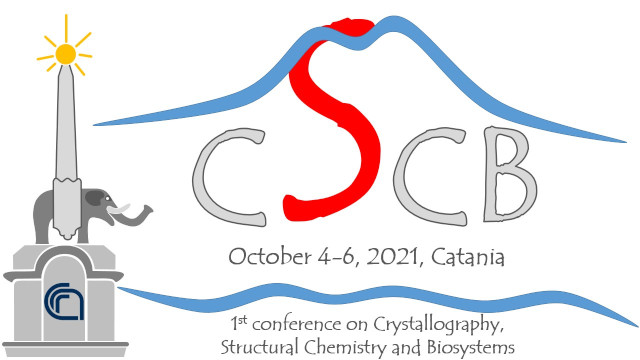Speakers
Description
Angiogenesis plays a crucial role in numerous physiological and pathological phenomena and consists in a multi-regulated process in which many factors are involved, including growth factors and metals. In particular, Copper stimulation of growth factors, such as vascular endothelial growth factor (VEGF), is involved in the formation of new blood vessels from pre-existing ones1. Although the angiogenic process is intensely investigated the role played by copper(II) ions in angiogenic mechanisms is still unclear. Certainly, their ability to modulate molecular mechanisms involved in angiogenesis plays a crucial role in numerous diseases, including cancer and cardiovascular disease. Within this frame, new classes of metal-binding peptides have been designed and studied, as ligands able to modulate angiogenesis2. Recently, we reported the pro-apoptotic activity of VEGF73-1013, the protein fragment directly involved in the VEGF receptor (VEGFR2) interaction. This peptide combines the properties of beta hairpin sequence 73-85, rich in hydrophobic residues, with the sequence 85-101, characterized by the presence of three histidines, known sites of anchoring for Cu(II).
In order to establish a relationship between the structure of the ligand fragment and the cytotoxic activity of the resulting copper(II) complexes, specific structural modifications were introduced to VEGF73-101 fragment, obtaining two singly mutated peptides.
Herewith we extended the study of peptide VEGF73-101 to deepen its apoptotic activity on HUVEC cells in comparison with the singly mutated peptides, with particular attention to the ionophoric behavior hypothesized. To this aim, we studied the effects of these peptides and of their copper (II) complexes on membrane model system, the cellular uptake and the related anti-proliferative activity on HUVEC cells, by MTS and cytofluorimetry analysis.
In addition, spectroscopic UV-Vis, CD-Vis and spectrometric ESI-MS measurements to characterize the metal coordination mode of peptides, were reported. The obtained results suggest that VEGF73-101, is an effective copper ionophore, and represents a promising tool in the regulation of angiogenetic pathways.
References
1. Finney L, Vogt S, Fukai T, Glesne D, 2009, 88-94
2. Henninot A, Collins J C, Nuss J M, J. Med. Chem., 2018, 61, 1382−1414
3. Grasso G, Santoro A M, Magrì A, La Mendola D, Tomasello M F, Zimbone S, Rizzarelli E, J. Inorg.Biochem 2016, 159, 149–158

